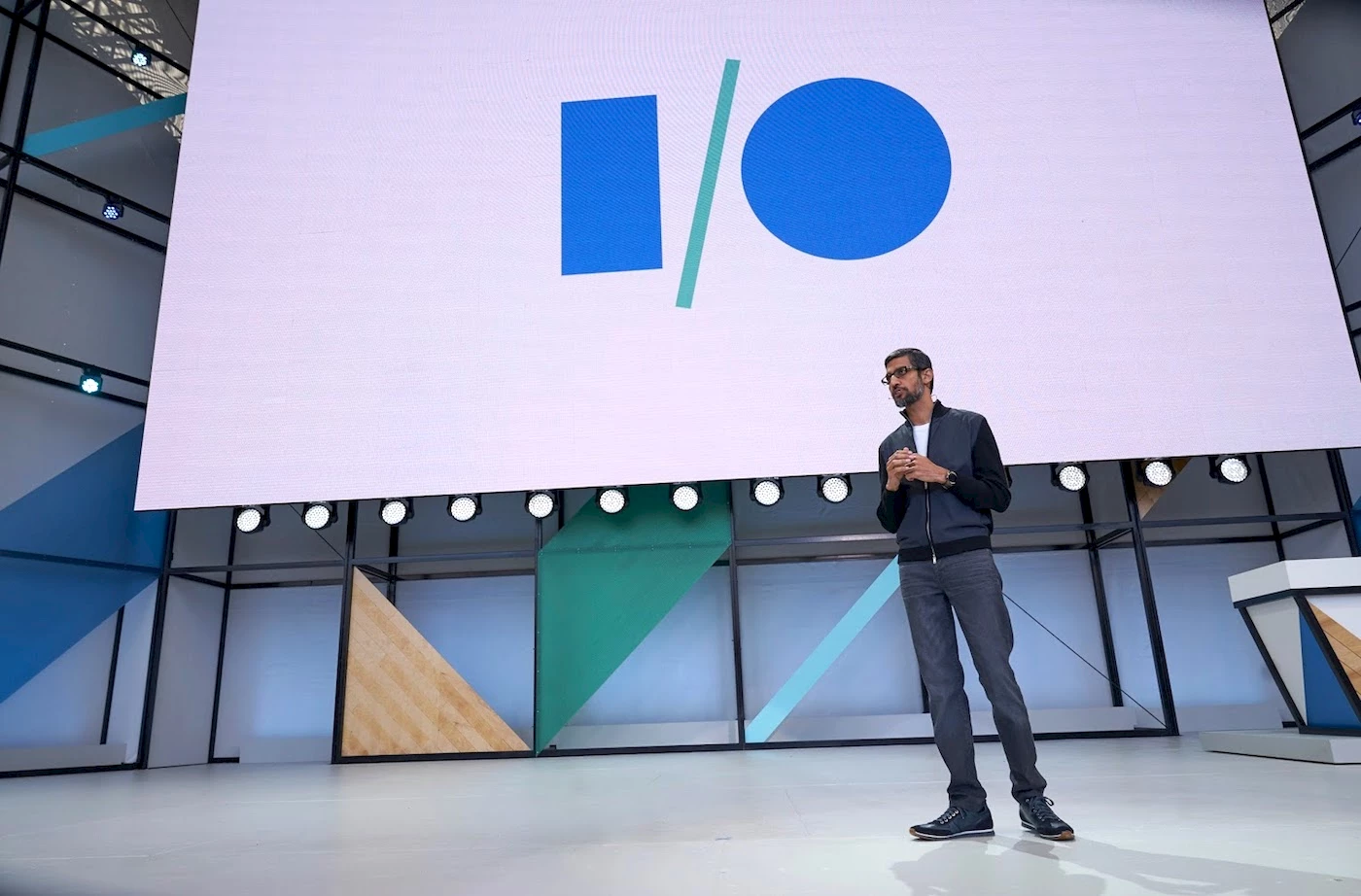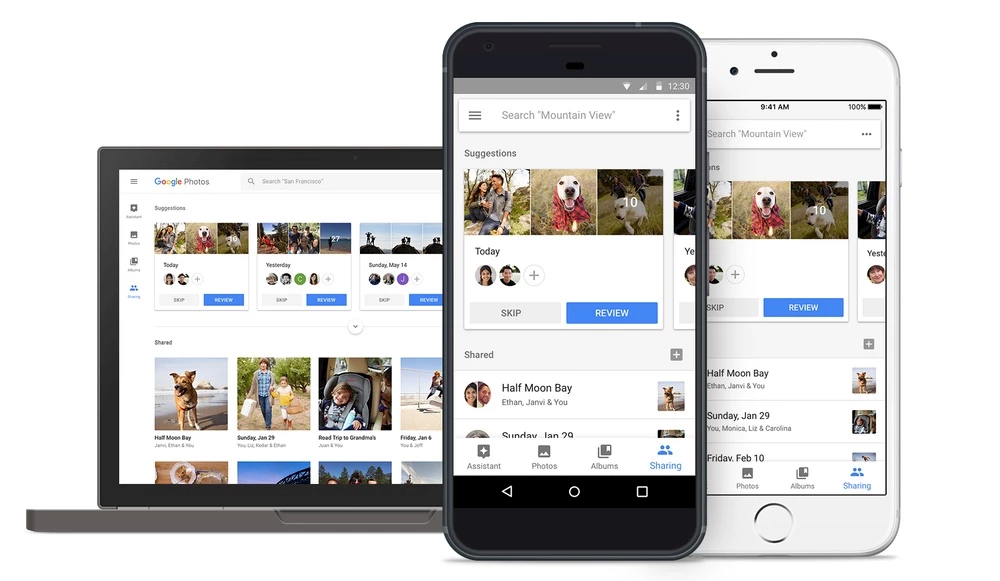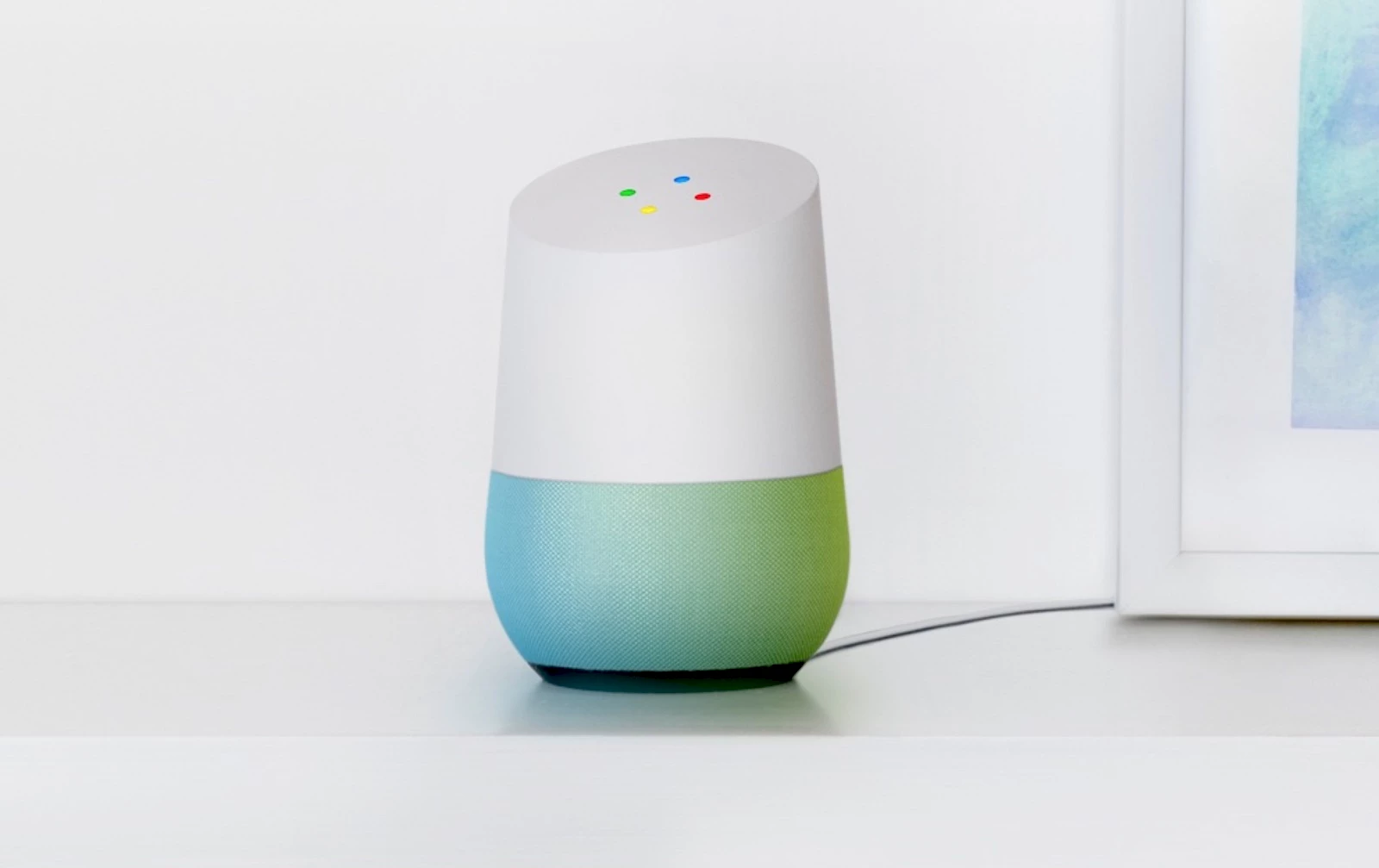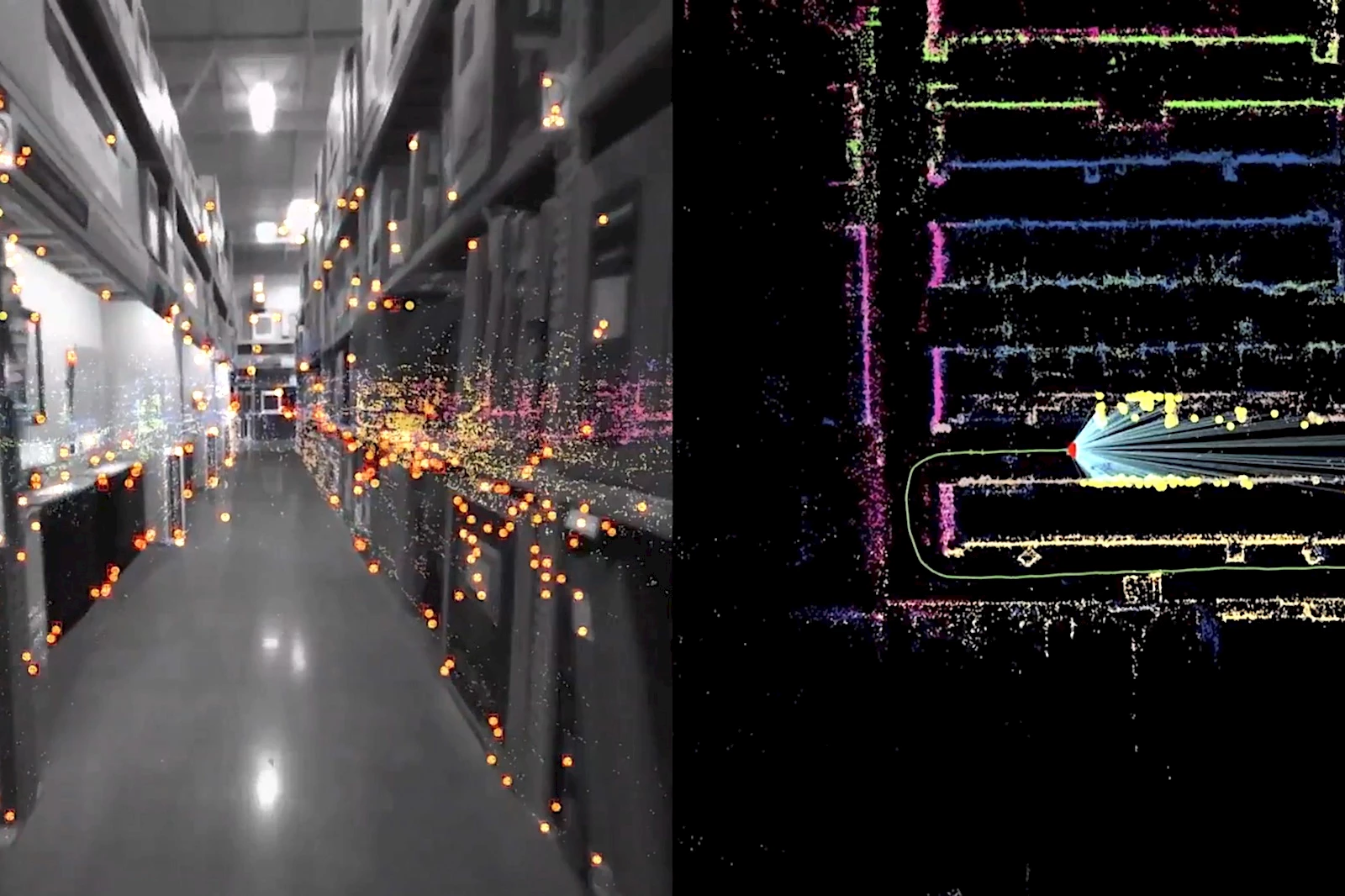Google I/O conference: 3 innovations to keep an eye on

No great surprise, artificial intelligence and automated learning were a constant throughout the week, with the unveiling of cutting-edge technologies that will soon be grafted onto services currently offered by Google.
Here are three announcements that caught our attention.
1. Google Photos – Automatically shared photos

With over 500 million users since its launch in 2015, Google Photos gathers all your photos in one place in the Cloud. Nothing earth-shattering about this. But Google has other intentions for this seemingly simple application.
For the past few months, after analyzing millions of photos, Google has been offering a service to organize your photos by subject, thanks to sophisticated algorithms that automatically detect the contents of images, be it people, faces, places, etc. Now, Google has announced that the application can automatically share photos with friends based on potential interest and not just because they’re in the picture. Thanks to “smart libraries”, children’s photos could automatically be shared with family members without the user’s intervention.
Of course, our mind goes straight to the disaster scenario: an honest mistake or a bug that sends all your friends and family that naughty picture you didn’t want to share! Will artificial intelligence be able to figure out that what happens in Vegas stays in Vegas? Our guess is that “automatic” sharing will come anyway, with a number of parameters that can be set.
2. Google Home – the proactive answer to Amazon’s Alexa

Amazon has invested significant resources and money in developing its digital assistant, Alexa. The automation of simple tasks like purchasing household supplies is now a reality. But both Amazon and Google see a future where digital assistants are seamlessly integrated into our daily lives. Google envisions an assistant that predicts our every desire. Proactive assistance, rather than the current command-based reactive assistance, could be a breakthrough. For example, Google Home could automatically give you a traffic update as you back out of the garage in the morning, or take the initiative of reminding you of your upcoming appointment.
Proactivity is the key to initiating a two-way conversation between smart assistants and humans. And if your assistant is too eager, you can always shut them down: “Google, shut up!”. Google also announced the release of a SDK for outside developers to take advantage of these technological innovations.
3. VPS – For when your GPS is helpless

Visual Positioning System, or VPS, allows Google to take over when your GPS goes blind, for example inside buildings or tunnels. Thanks to Tango’s 3D visualisation technology, already present in some smartphones, VPS recognizes places by scanning objects and other visual cues, and triangulating a position. Accuracy is already in the centimeter range. Google floated several interesting applications for this technology, for example directing grocery shoppers to the product they’re looking for, or helping visually impaired persons find their way around an indoor space using audible directions.
Google Lens, a service that recognizes objects or visual elements through a smartphone camera, will soon include VPS technology.
The web that Google has been weaving over the last few years is starting to define and frame the concept of augmented reality, which has long been in the works. Friction-less experience and interaction with this technology will make it transparent, and once its availability is taken for granted, there will be no turning back.
